Hungarian Participation in Operation in the Mediterranean
Szöveg: Lt.-Col. László Dóra | 2015. november 29. 6:03Since early 2015, the number of illegal immigrants – most of them setting out from Libyan ports – has significantly increased in the middle region of the Mediterranean Sea. In response to the ensuing tragedies claiming thousands of lives, and to prevent further loss of life at sea, the European Council made a decision on 23 April to mobilize available EU forces and coordinate their efforts.
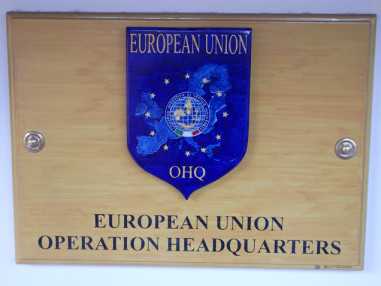
On 18 May, as part of the EU Crisis Management Concept, the Council approved the activation of the European Union Operation Headquarters set up in Rome, and tasked it to draw up a military plan for disrupting human smuggling and trafficking networks and determine the required military capabilities as soon as possible. The EU Political and Security Committee approved the operation plan, and two months after activation, on 22 June it authorized the European Union Naval Forces in the Mediterranean (EUNAVFOR MED) to launch the mission.
The objective of the military operation is to identify human smuggling networks, to capture and dispose of vessels used by migrant smugglers and traffickers, and so to disrupt the business model of human smuggling. Nevertheless, preventing illegal migration and ending the human tragedy is only one dimension of the situation. As part of the EU’s comprehensive efforts, it is also important to fight political instability in Libya, which is a precondition for the security of the whole region and the citizens of the European Union.
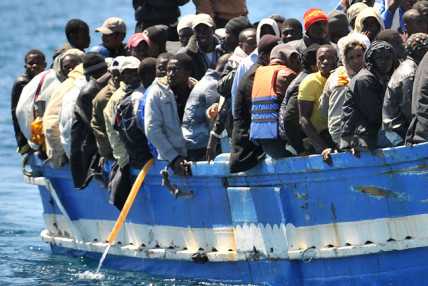
In setting up the Operation Headquarters, the activated personnel positions included the following: chief INFOOPS planning officer, chief air force operations planning officer, chief operational logistics planning officer – and Hungary had undertaken to fill these positions. Therefore, Lt.-Col. László Dóra, Lt.-Col. Tibor Balla and Lt.-Col. Virgil Baranyai started the planning task in Rome on the fifth workday after receiving the activation order.
The tasks in the first phase of the operation (intelligence gathering, force projection, developing cooperation) were successfully implemented, and so, according to a decision taken by ambassadors of EU member countries, the EUNAVFOR MED Operation entered its second phase on 7 October. The importance of the operation is shown by the fact that the decision was announced at the Operations Headquarters in Rome by Federica Mogherini, the High Representative of the European Union for Foreign Affairs and Security Policy. Some days earlier, in a rescue operation, a rescued Somali woman gave birth to her child aboard a warship. Acting on the warship crew’s proposal, the grateful mother named her daughter Sophia. This story moved the political decision-makers so much that they named the mission Operation SOPHIA.
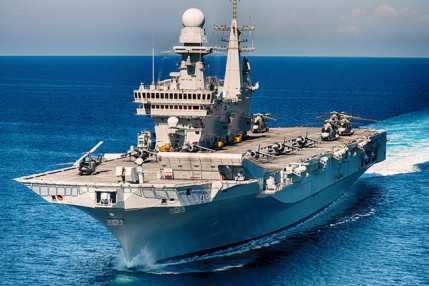
The second phase is focused on detecting, stopping, searching and then sinking vessels used by human smugglers on international waters, and also on capturing and arresting the smugglers. All these tasks are being conducted by an aircraft carrier (where the FHQ is stationed), five frigate class and three other warships, two submarines, three reconnaissance airplanes, three helicopters, two UAVs and their crews, contributed by nine EU member countries. Currently 20 member countries, including Hungary, are contributing the staff of the OHQ which is directing Operation SOPHIA.
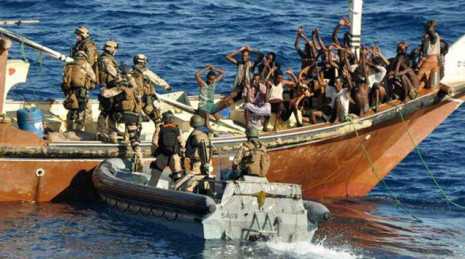
The three Hungarian senior officers are tasked with planning and organizing information operations (INFOOPS) and coordinating them with “classic" military operations, as well as with planning and supervising flights and planning and continuously organizing the Host Nation Support. Through their work, they have significantly contributed to the success of the mission, which is shown by the fact that the flood of migrants has been subsiding in the region since August, and in this part of the Mediterranean Sea, fewer people tried to get to Europe this October than in October 2014. Not to mention that our ships have so far saved close to 4,000 people at sea, and the one who saves a life…
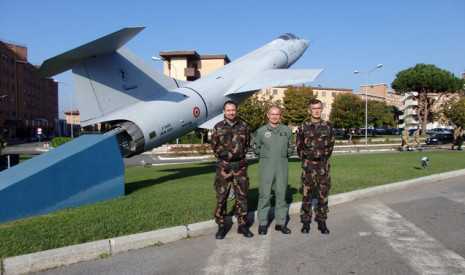
Photos: EUNAVFOR SOPHIA and internet